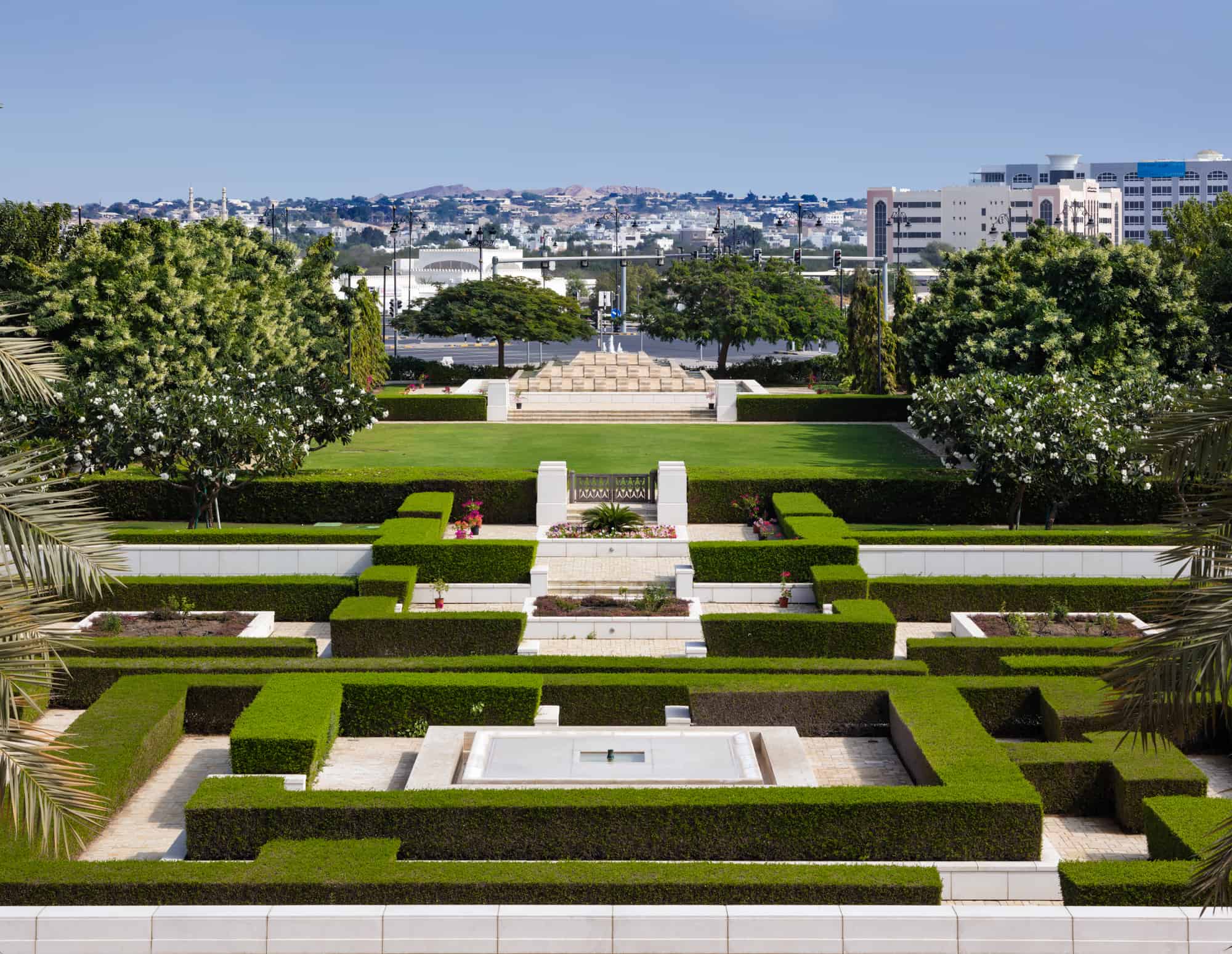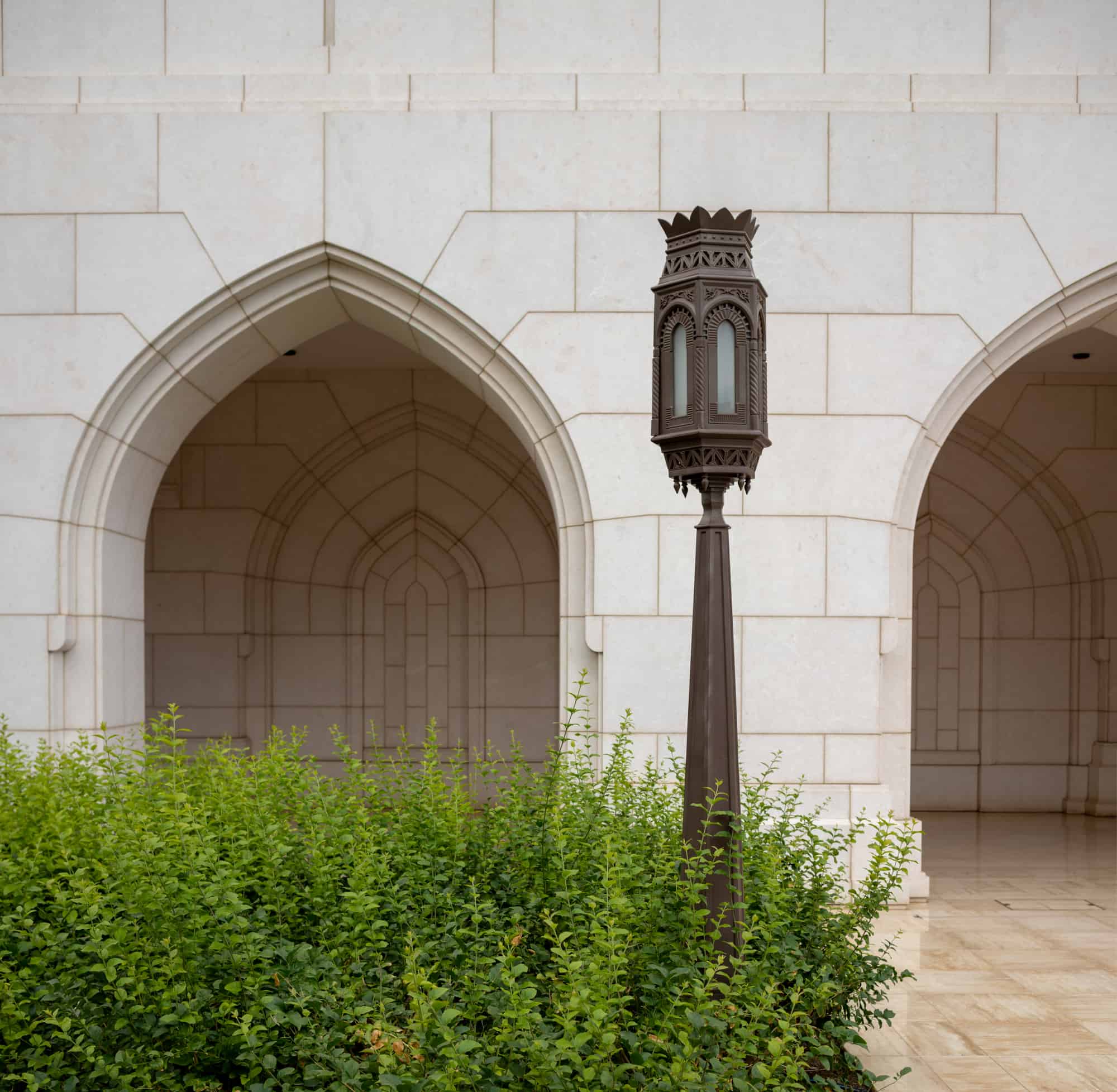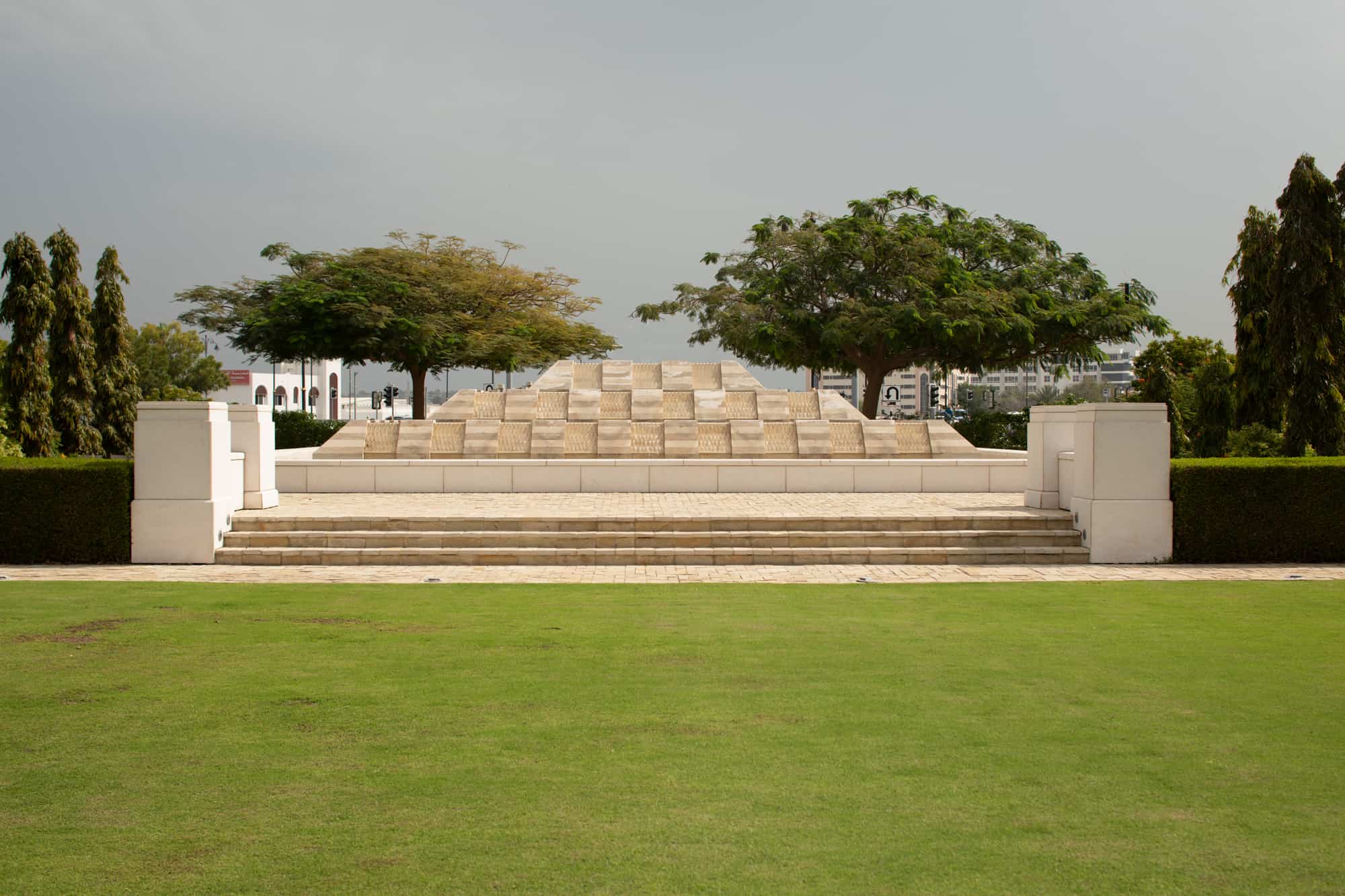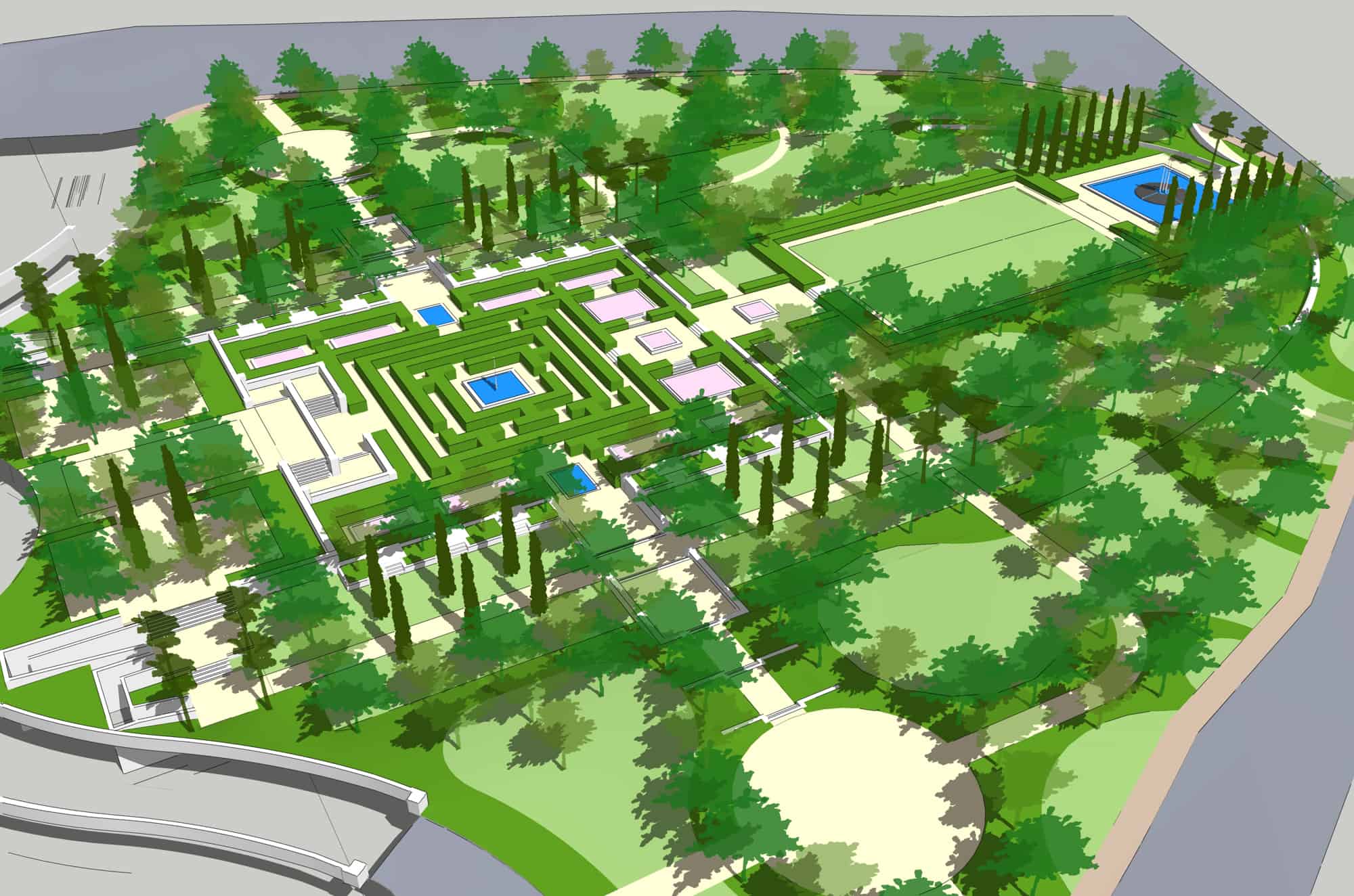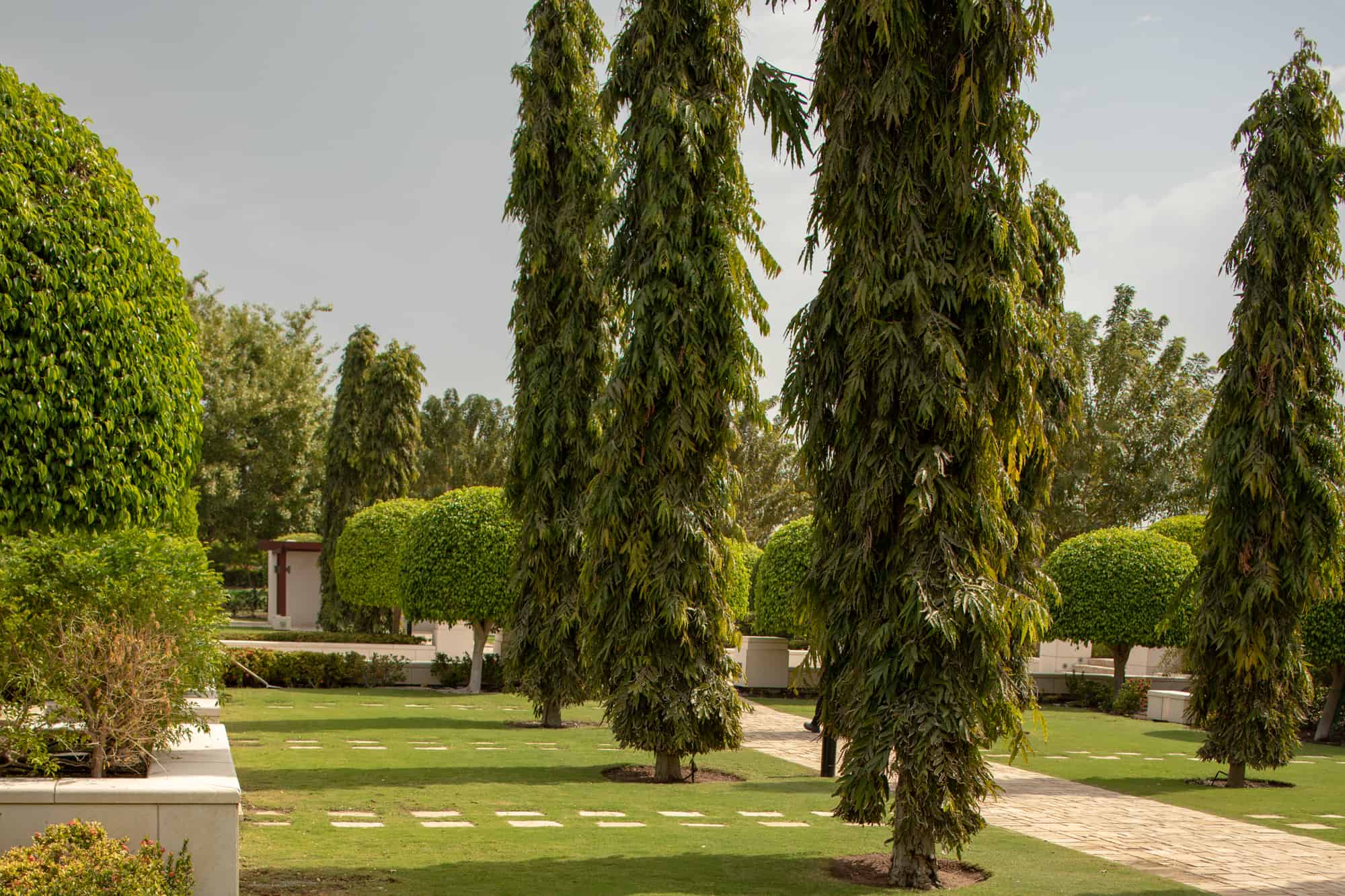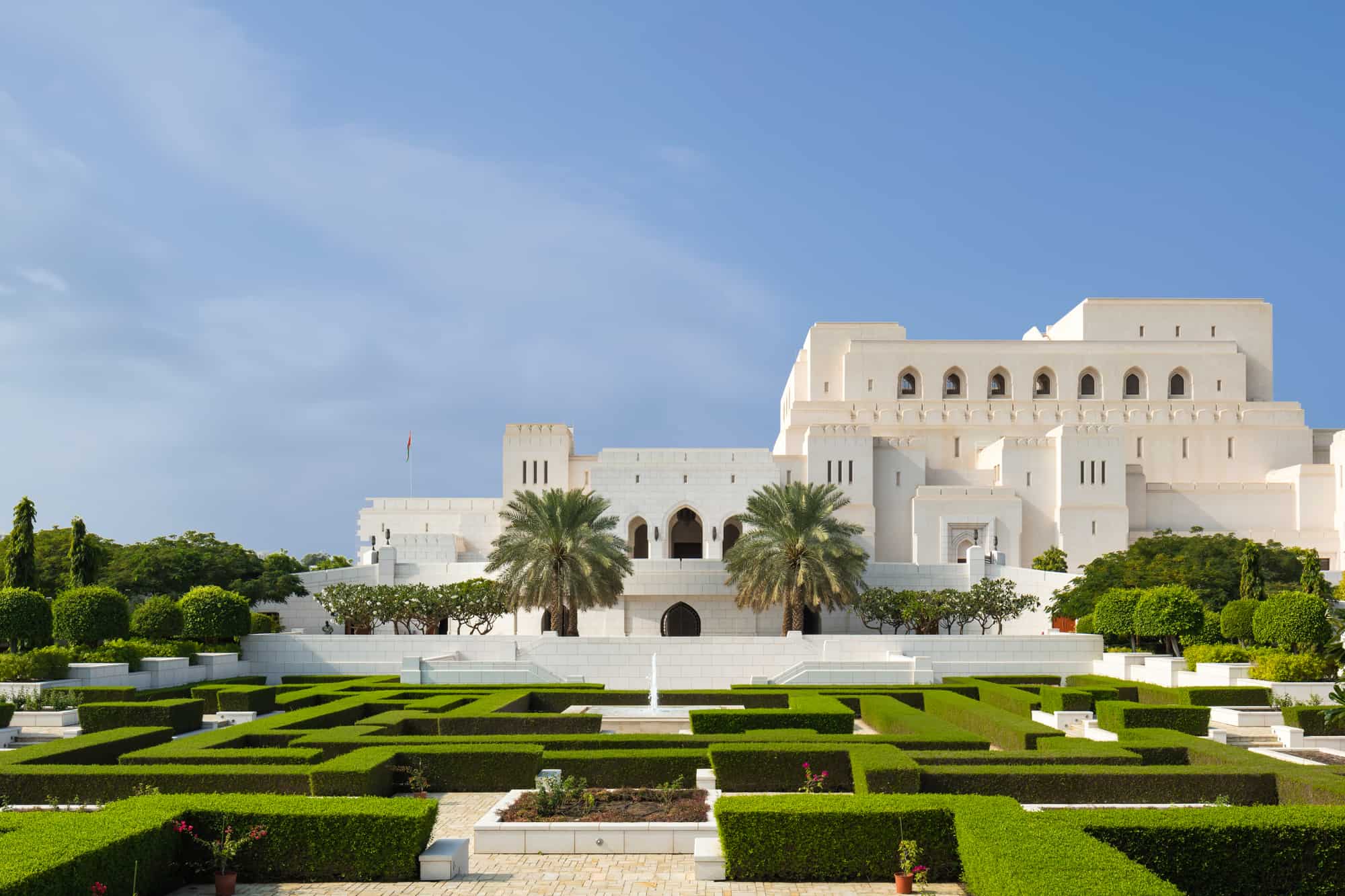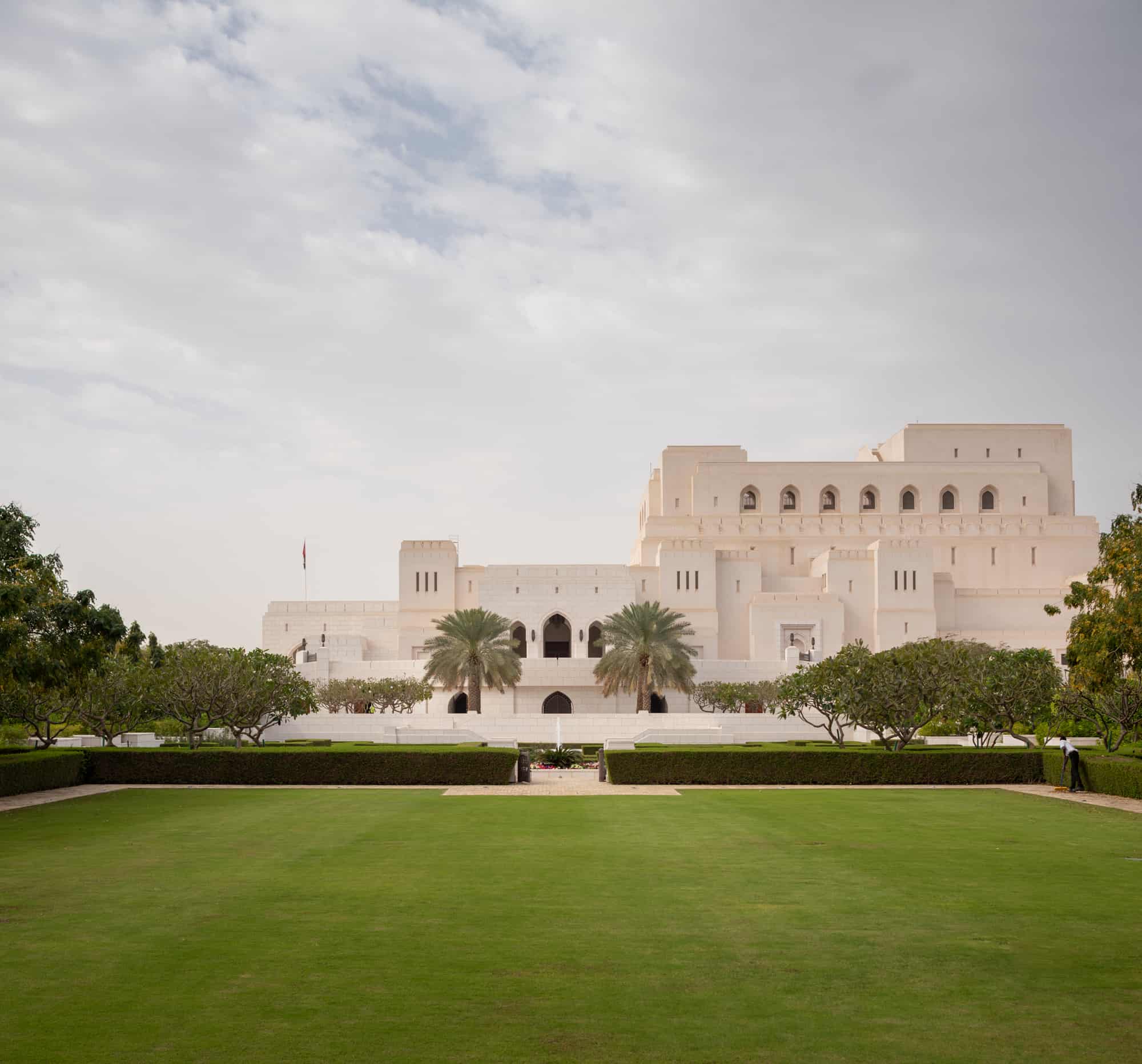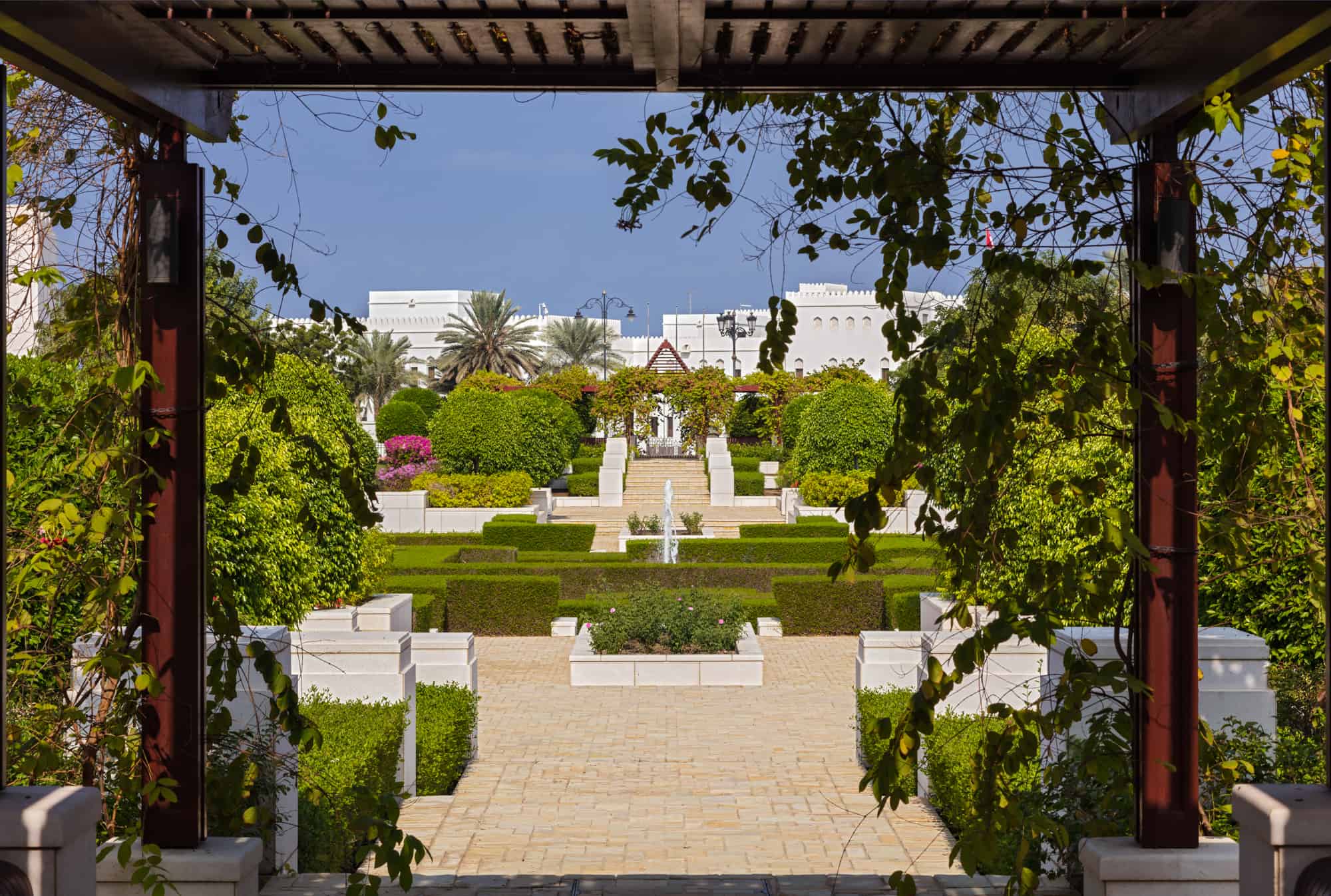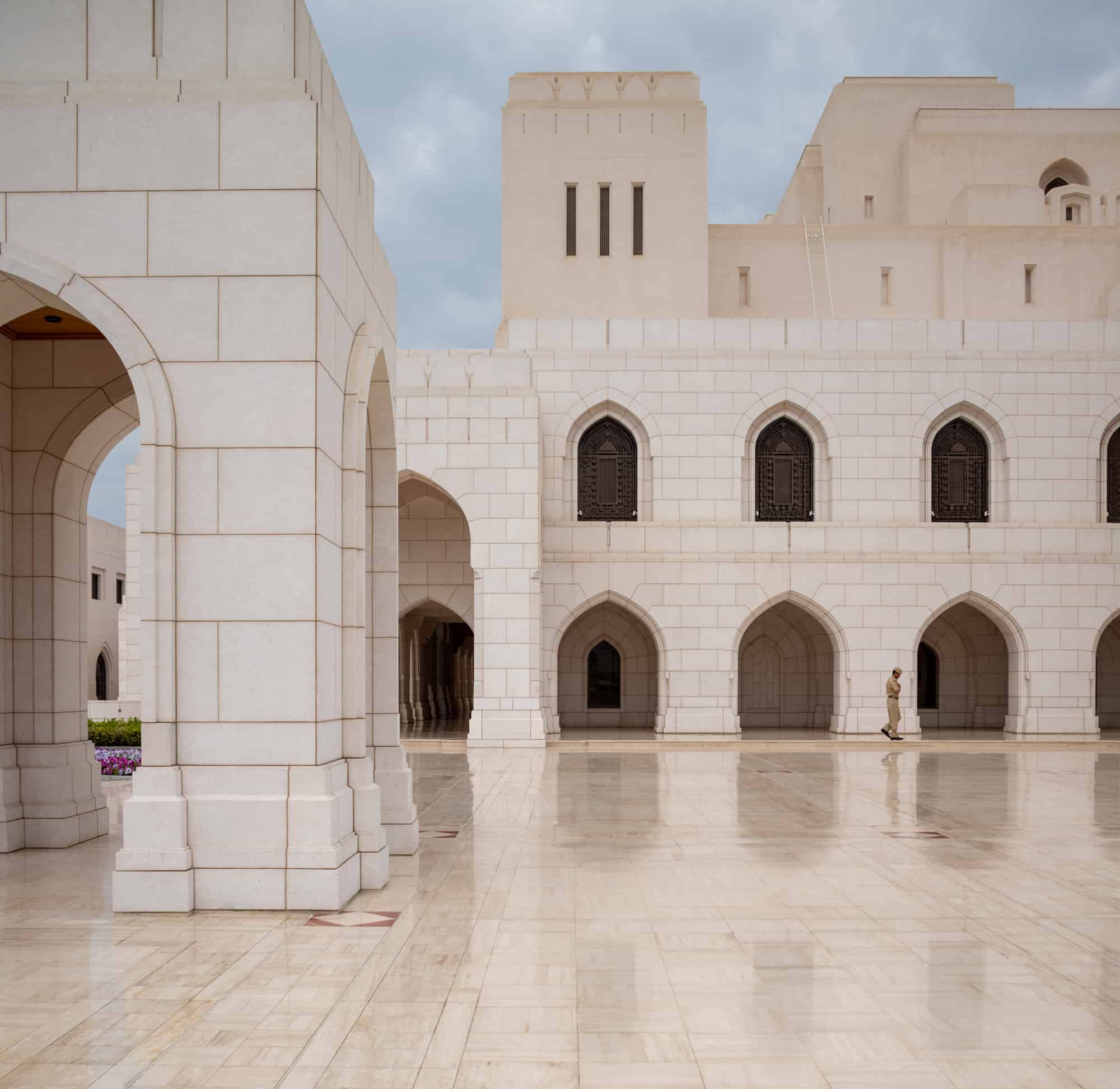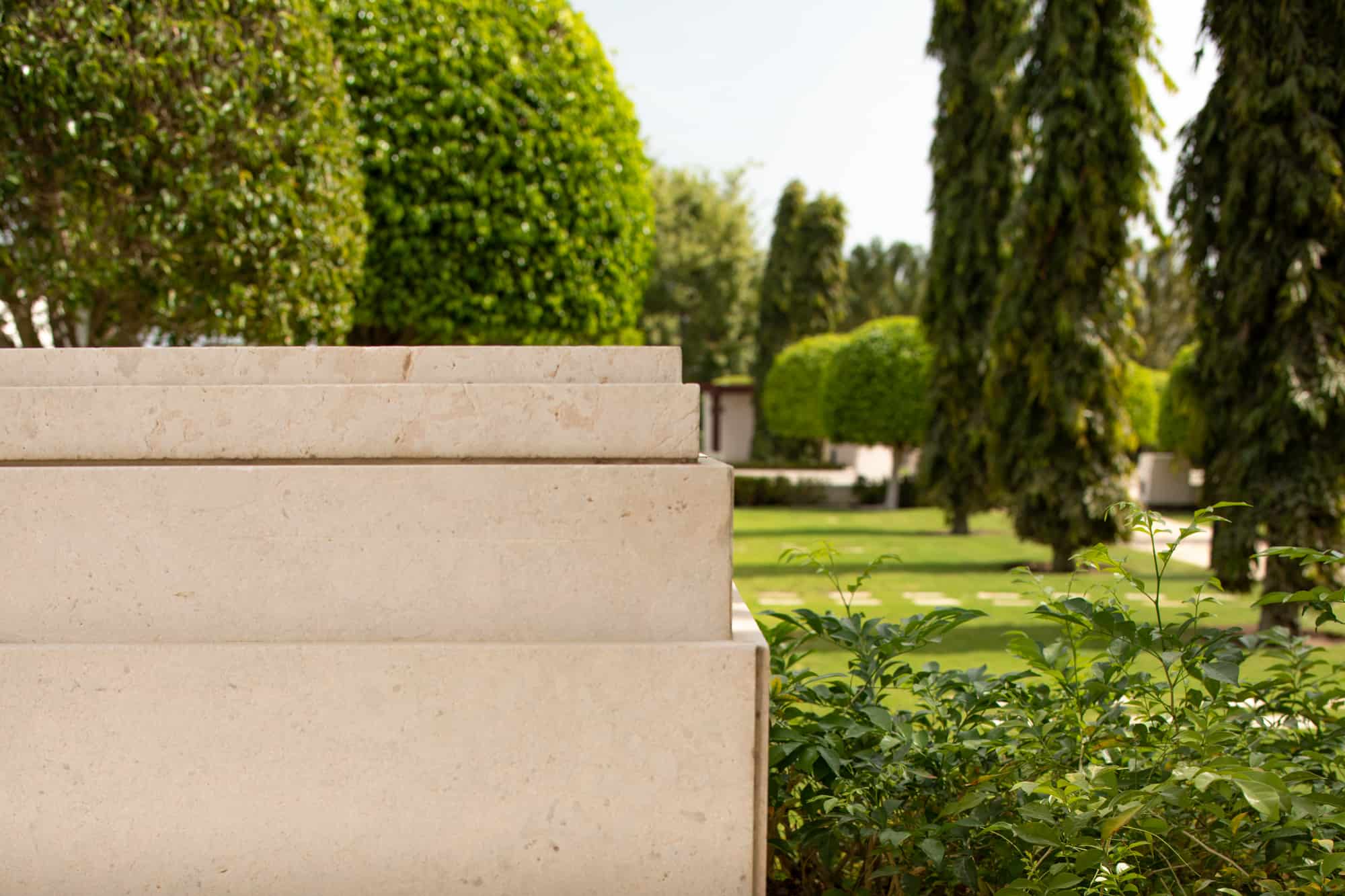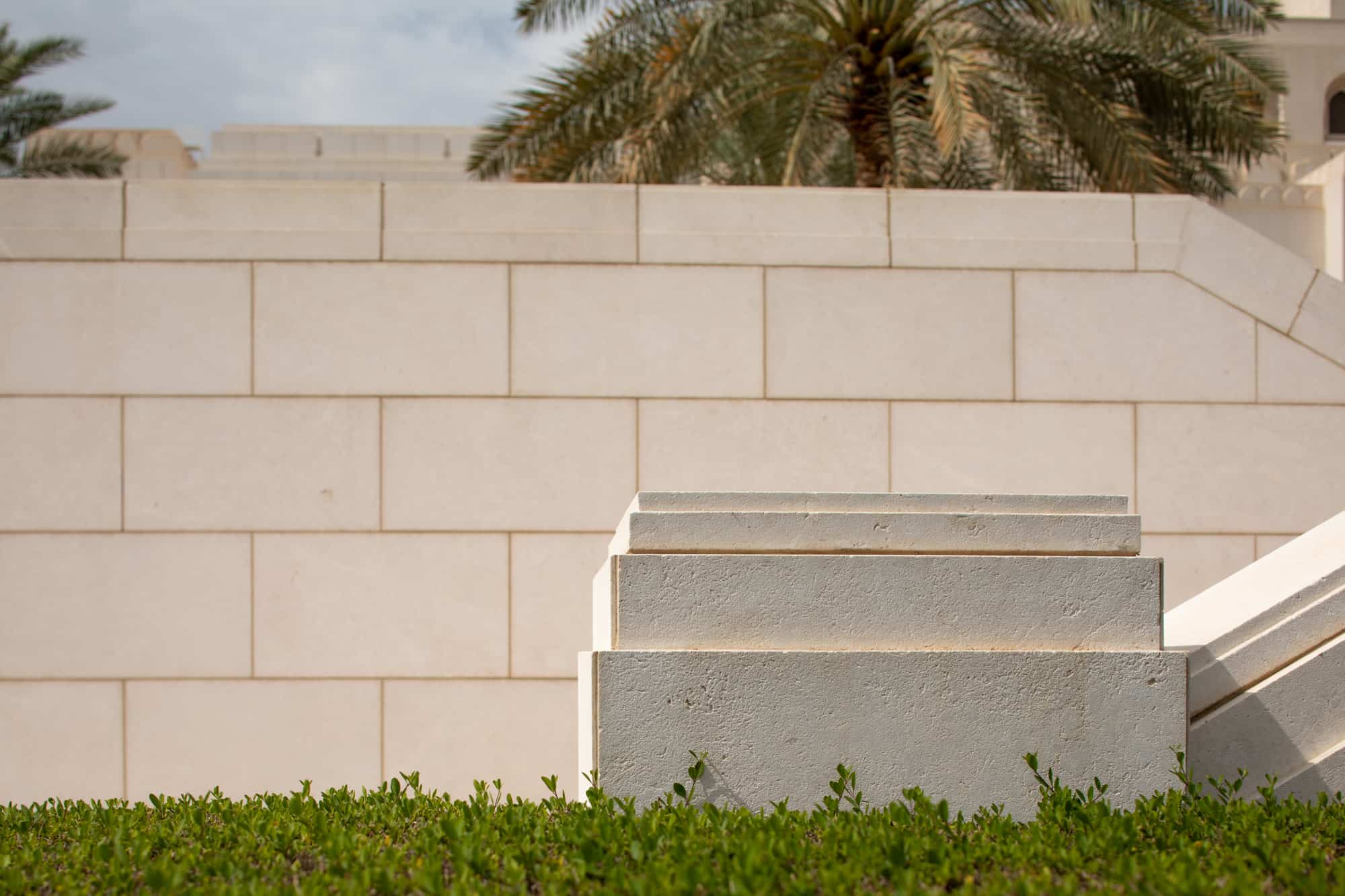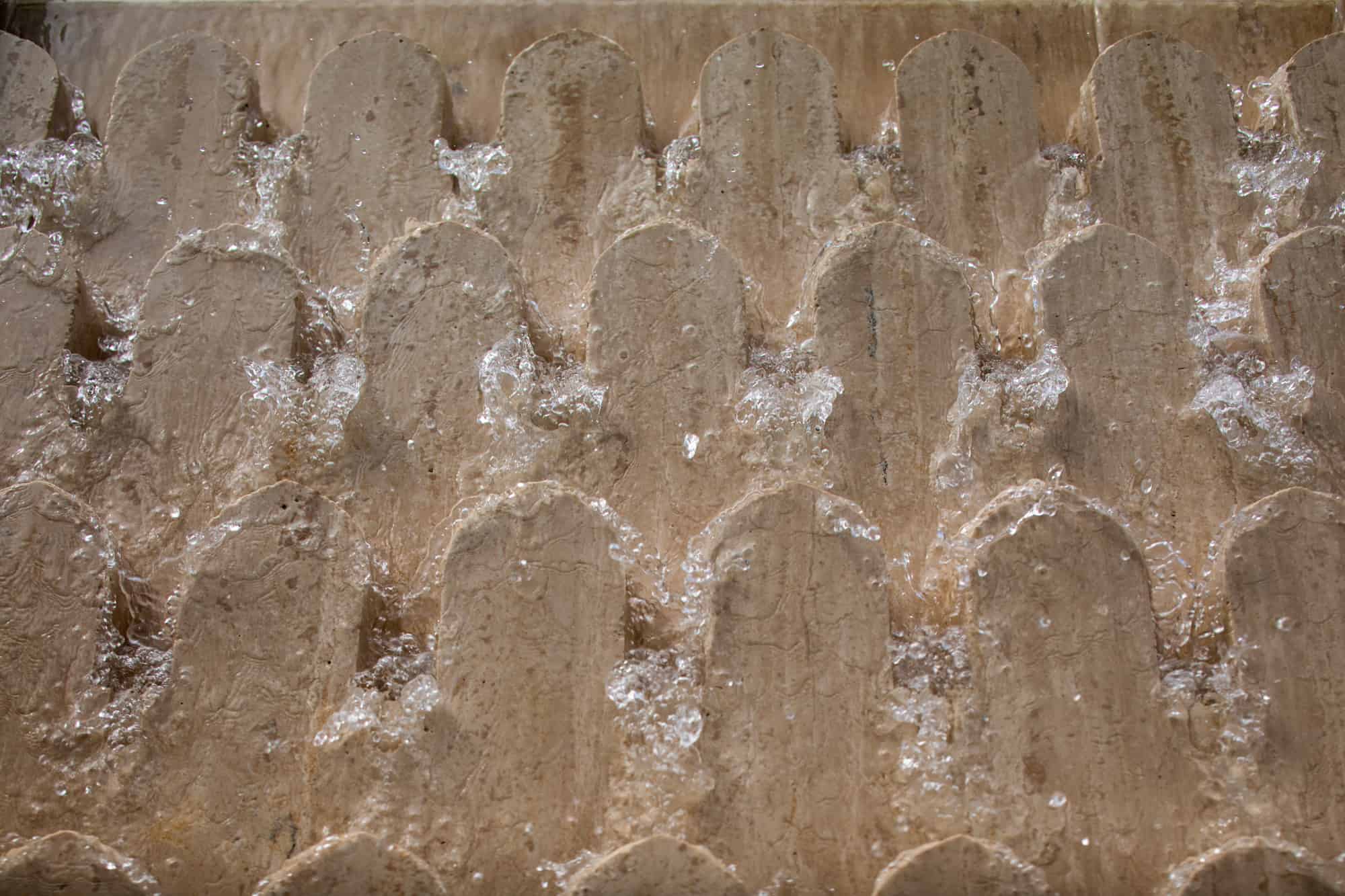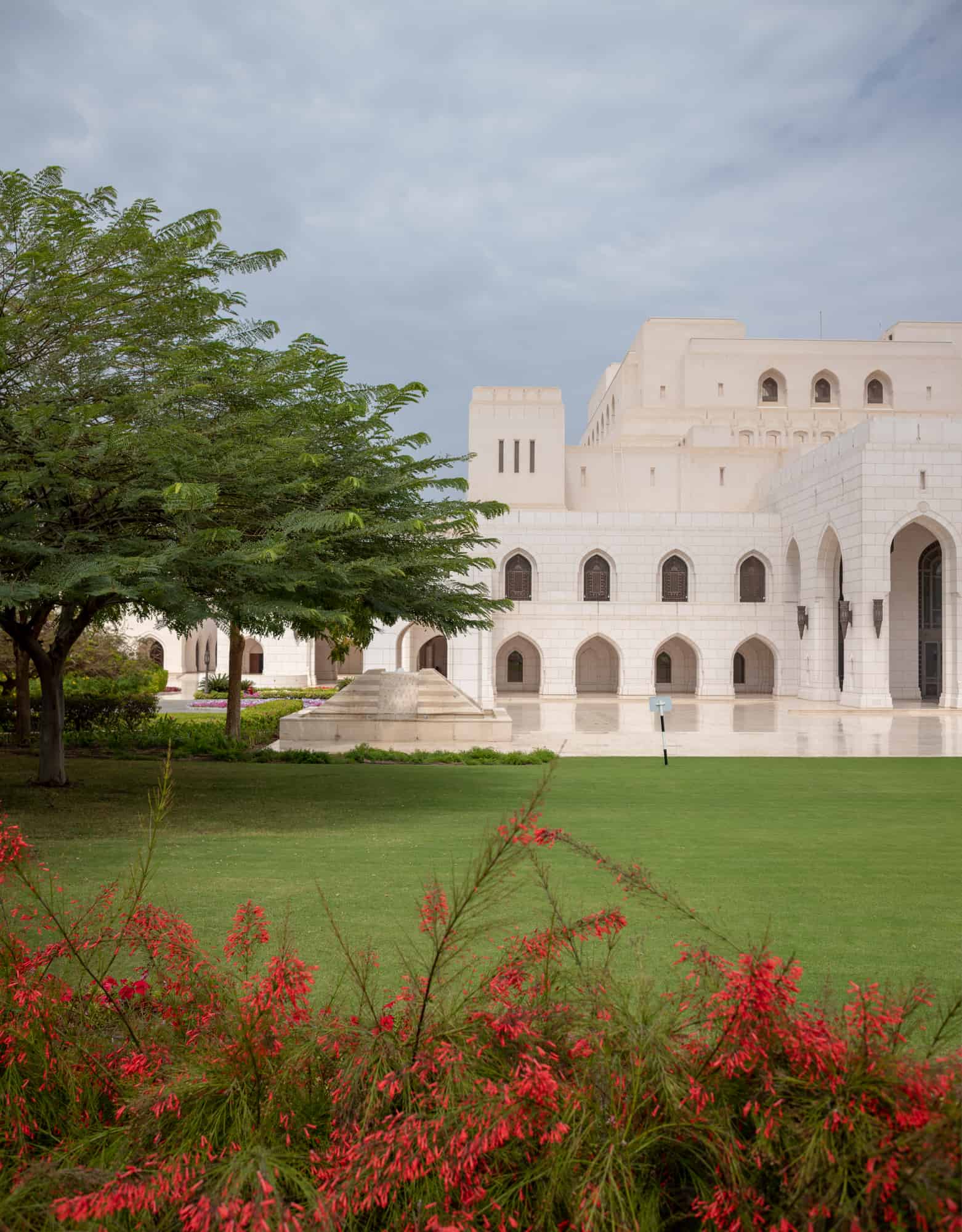Built on the royal orders of His Majesty Sultan Qaboos, the Royal Opera House Muscat is an exquisite example of contemporary Omani architecture. The opera house complex consists of a concert theatre, auditorium, formal landscaped gardens, cultural market with retail, luxury restaurants and an art centre for musical, theatrical and operatic productions. Together these facilities work to achieve the opera house’s vision: “to serve as a centre of excellence in global cultural engagement” (Royal Opera House Muscat website, March 2020).
The Government of the Sultanate of Oman directly appointed Verdaus to design the outdoor spaces of this new cultural precinct.
The landscape that emerged is a composition of rich stone detailing, exotic plant material, formal clipped hedges and fountains along formal axes that align with key architectural features of the main building. It presents a contemporary interpretation of classical garden styles associated with royal estates.
That interpretation is clear in the sequence of formal landscape spaces and elements along the central axis that aligns with the Royal Terrace. The terrace overlooks a maze garden and grand lawn beyond. At the end of this vista is a cascading fountain framed by two large trees.
